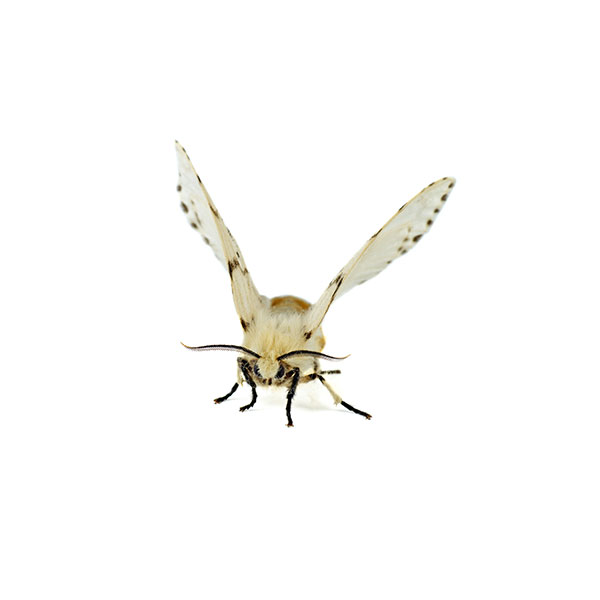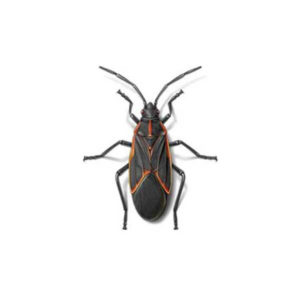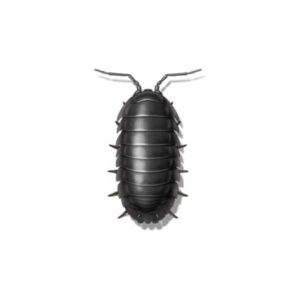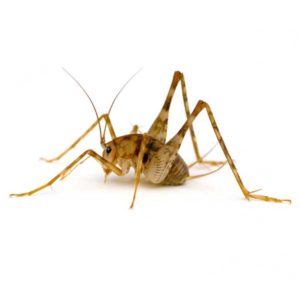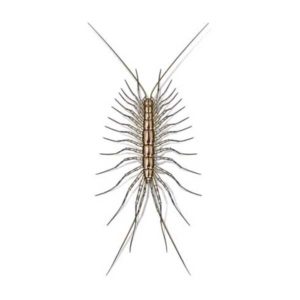Habits and Problems with Webworms
The fall webworm has two distinct phases in its life: caterpillar (larva) and moth (adult). Webworms are known for their distinctive, tent-like webbing on the tips of tree foliage and decorative plants. They are distinctly different from the Eastern Tent-Caterpillar, which prefers to create webs in the crook of tree branches. Although they don’t cause permanent damage, webworm webs can be unsightly in large amounts. The webs also destroy blooms on late-flowering shrubs.
Webworm Prevention
Although they are not considered harmful to trees, most property owners prefer to eliminate webworm nests. A web can be removed by using a long branch to open the web itself. Webworms do not bite, and they are not poisonous, so there is little danger when removing a web.
Webworm Control
If an entire tree becomes infested with webworms, it may be wise to call a professional pest control company. An expert exterminator can make a positive identification and eradicate all web nests.
Need help with webworms?
We'll call you! Leave your information below.

